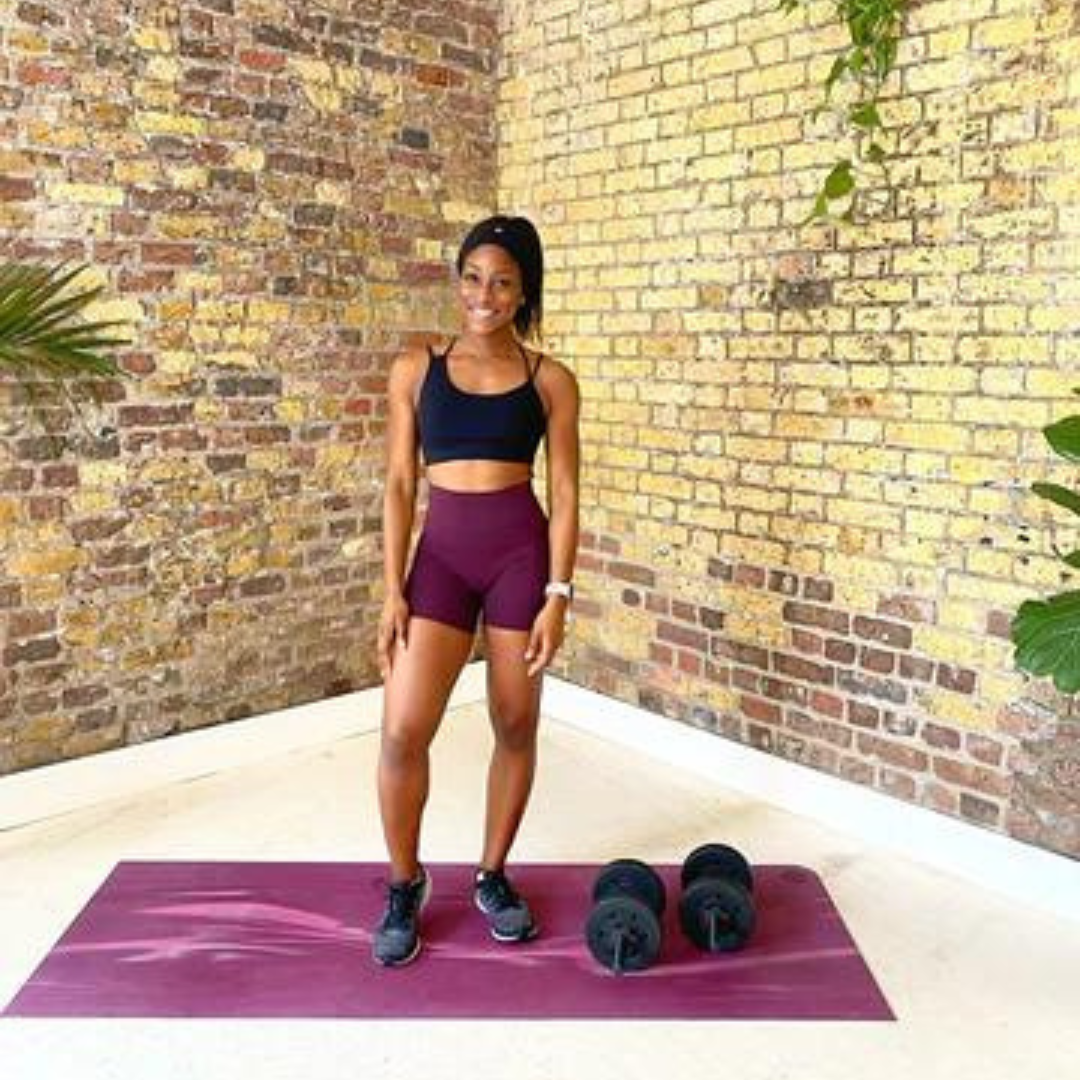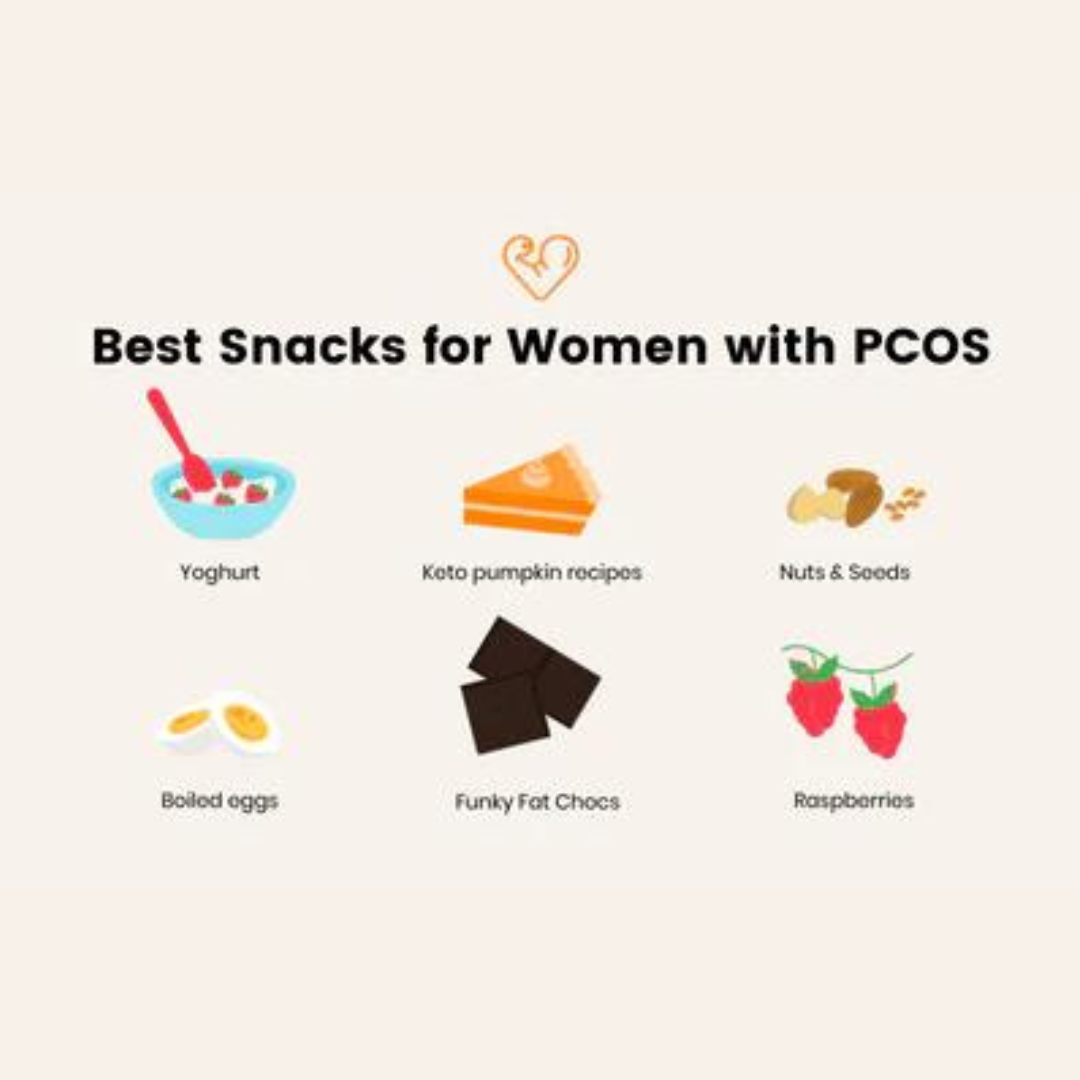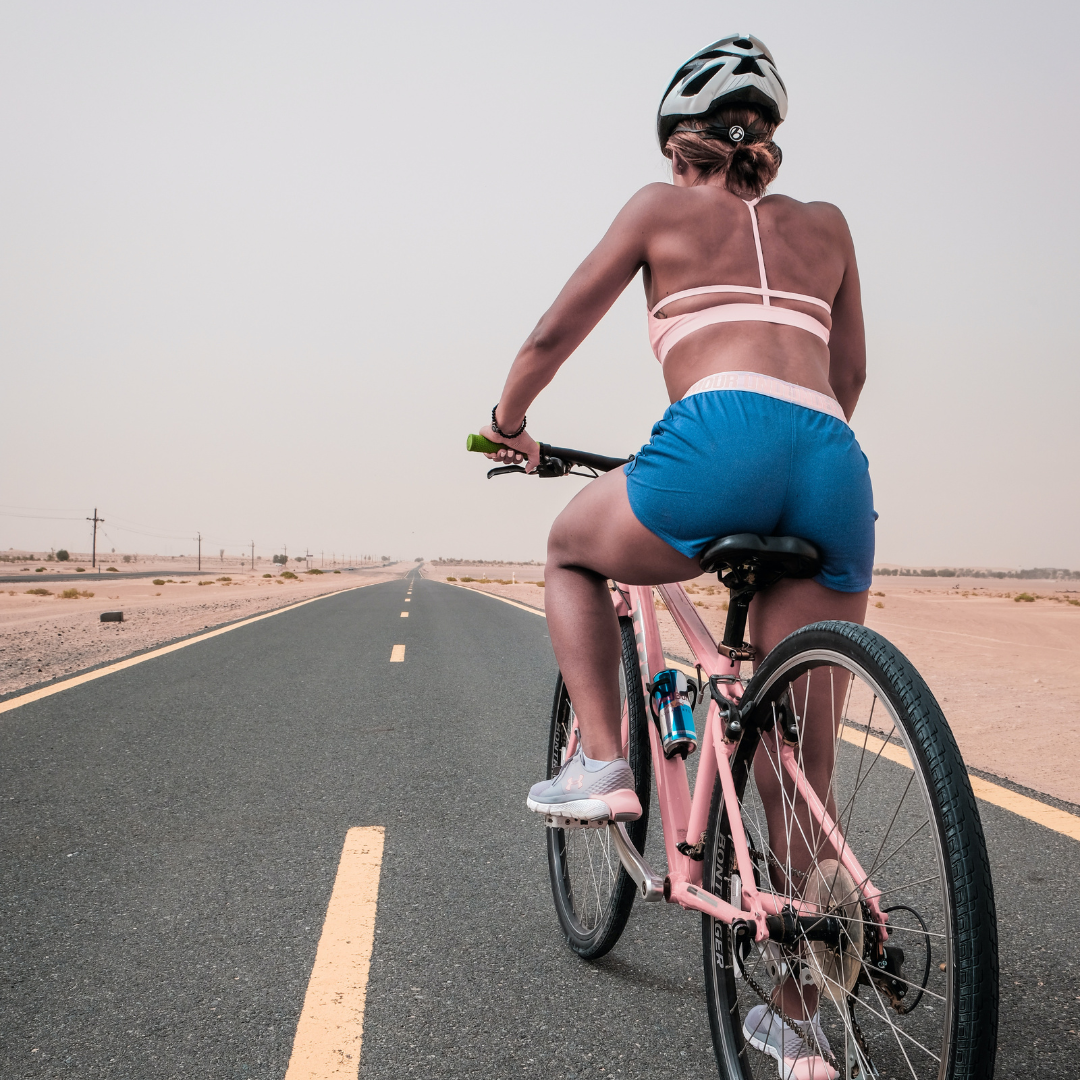Listen to full episode
Folusha Oluwajana is a practising NHS GP, with a BSc in sports and exercise medicine, she is also a level 3 qualified personal trainer. She has always been into sports and exercise, for a degree she studied sports medicine and later on decided to do online coaching and personal training.
We met Dr. Folusha because our brand manager, who is a CrossFitter and loves weightlifting, was searching through Instagram to look for inspirational and motivational gym accounts when she came across her account.
From the Funky Fat Foods account, we reached out to her, and sent her our Funky Fat Chocolates for her to try them. Her feedback was amazing, she said she couldn’t stop eating them. Her favourite flavours were coffee and coconut Funky Fat Dark Chocs. Although she doesn’t follow the ketogenic diet, she mentioned that she believes Funky Fat Chocolate snacks work perfectly for everyone.

Dr. Folusha has a sports background, she started playing netball and carried on until university and also joined the athletics team. She then studied medicine at university, and at that time, she didn’t really think about wanting to do sports medicine. However, when she finished college, she studied one year of sports medicine. She decided she didn't want to get into surgery or sports surgery, so she went into general practice and once she got settled there, she realized she could incorporate this on the side as a hobby.
A few years ago Dr. Folusha got into strength training and that's what made her realise she loved and enjoyed sports and fitness. With the extra- qualifications she had because of her degree it made it a lot easier for her to understand and teach sports. So she started to learn more and educate herself and tried to take it forward from there.
It's much more effective and sustainable in the long term than lots of aerobic exercises. She has nothing against runners, in fact, she envies and admires them but, she says it can be very challenging, also running outside gives a big impact on the body and can require a lot of recovery. Whereas in strength training, if you have a program you can train different parts of your body, you can still improve your health, lose weight, lose muscle and recover quicker, and is less injury-prone than running.
She started doing programs where people could enjoy a challenge. It’s designed for everyone especially if you are someone that wants to work in a gym setting or at home sitting with weights and doing a bit of weight training, or aerobic exercise but doesn't have a workout plan and doesn’t really know what to do. Having a plan to follow that’s got a direction and has a purpose is going to help you stick to it and see some progress in the end.
She started with one program called Fiit, which is a combination of strength training but also some circuits and low-intensity cardiovascular exercises, and then, there is this other program called Form, which is focused on weight training with a small bit of cardio, which is optional. Both programs are similar, most people have done both, while others prefer just to do one. Dr. Folusha’s training is more similar to the Form program whereas the Fiit program is more diverse. For someone who wants to keep up the aerobic cardiovascular exercise and is newer to weight lifting it’s got a bit of extra variety to it.
She offers these two new programs and also one personalized coaching program where she dives deeper into what every person is looking for to achieve.
Actually, it was during Covid-19, like everyone, she had more free time, although she was working, outside of work, there wasn’t that much going on. She dedicated that free time to designing the programs and that’s when it happened.
This was a great initiative for people to stop putting excuses and start working out because everyone was in the same situation. Your workouts have that, you don’t have to be in the gym to actually do them, you can just take a chair or use a table and do the workout wherever you want.
Covid was difficult for many reasons and it gave Dr. Folusha the time to think about that lifestyle and how she could share that more with people and give them that time to reflect on that healthy fitness lifestyle. She likes to show her followers that they don’t really need a gym to do her workouts or any workouts. Part of her active lifestyle is making sure that people stay active in every location. This is her approach to fitness, she likes to show that you can balance a healthy lifestyle and fitness practices while also having fun.
She enjoys strength training the most, however, she also likes to be physically fit in terms of cardiovascular ability, she tries to run and do high-intensity workouts once a week in her training session. Then she does weights three days a week and also always tries to walk and keep as active as possible to improve her metabolism. In winter, when she has more free time, she also tries to incorporate more yoga and pilates classes.
Yes, she includes some mobility pre-workouts, kind of like a warm-up, and then starts training. The mobility guide is directed to what she’ll be training that day. And when she finishes she always stretches, in her Instagram, she has some videos to guide you through her stretching.
She also includes core strength, which is something that she is learning more of and is incorporating into some of the programs she is designing. There are some specific exercises for core mobility but she is trying to avoid doing typical workouts like crunches and bicycles, and doing more of the mobility deep core strength and pelvic core strength, this is something she has been doing more of and is finding it really effective so she includes it to her programs.
Our brand manager mentions that since she started doing weighted front and back squats, she had no idea they required so much core strength.
Dr. Folusha says that weightlifting is one of the best ways to get abs because you are always activating your core to get that weight up. She doesn’t focus on training her six-pack or abs, but she says that if you don’t do it you still can develop a strong core.
There are two ways to look at it, the general principle is to have a high protein diet, so you have protein with every meal and focus on whole grains, fibrous carbs, lots of vegetables and fruit, and healthy fats like cheese, avocado, oil, etc. You can adjust that by eating it regularly and seeing how your body responds to it. If you want to gain a bit more muscle mass, you need to eat more and add more protein, and carbs, or the other way around, if you want to lose fat mass, then maintain your protein and fats intake but reduce your carbs.
If you want to look at numbers, you can start calculating your macros and calories. Dr. Folusha does that but she doesn’t follow it very strictly, for example during the summer she stopped counting them because she wasn’t really focused on that. She speaks about allowing yourself to have some flexibility and know what to eat and what’s good for you, that is something you learn over time once you know what works best for your body.
Dr. Folusha prioritizes protein and keeps the fats and carbs the same. The reason why is because of what she likes to eat not because she wants to reach a certain amount of carbs, or macros.
Technically, it shouldn’t make a difference. If you are doing more of a high-intensity workout you are going to need more food to fuel that, but in terms of the proportions of the food, Folusha says it shouldn’t make a difference. If you are trying to gain weight and muscle, you are going to have bigger proportions of food but Dr. Folusha recommends people, whether they're doing, pilates, yoga, or strength training to have a certain amount of protein in every meal, to look at portion and calorie content, and tweak depending on their health goals. For the average person that's it, it shouldn’t make a difference, but if you are an athlete or marathon runner, it does get more technical.
Dr. Folusha does training splits, upper and lower body. Her Form program is based on upper and lower splits. Because it’s weight training only, it allows you to hit different body parts. To actually see the progress you have to target a particular muscle group several times a week. If you are working out two or three times a week you are probably better off training a full body in all the sessions because then you are hitting all your muscles. If you are able to train three to four or five times a week, then you can maybe do three upper body and two lower, like this you are still getting sufficient stimulus to see your response.
Her program Form is mostly strength training so there are enough sessions in there to allow upper and lower splits. On the other hand, the Fiit program has less strength training therefore there is a full body session when you do strength training.
You can follow and message her on Instagram. To learn more about her programs and find out when she launches new ones, you can check out her website.
Other blogs you might enjoy:




Leave a comment
All comments are moderated before being published.
This site is protected by hCaptcha and the hCaptcha Privacy Policy and Terms of Service apply.